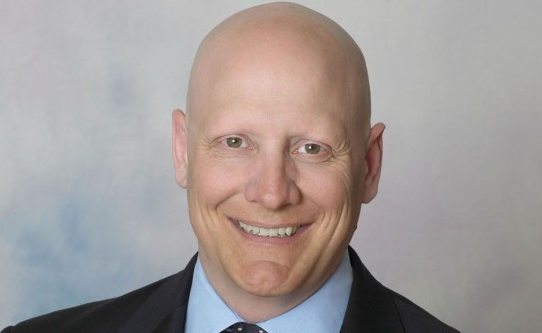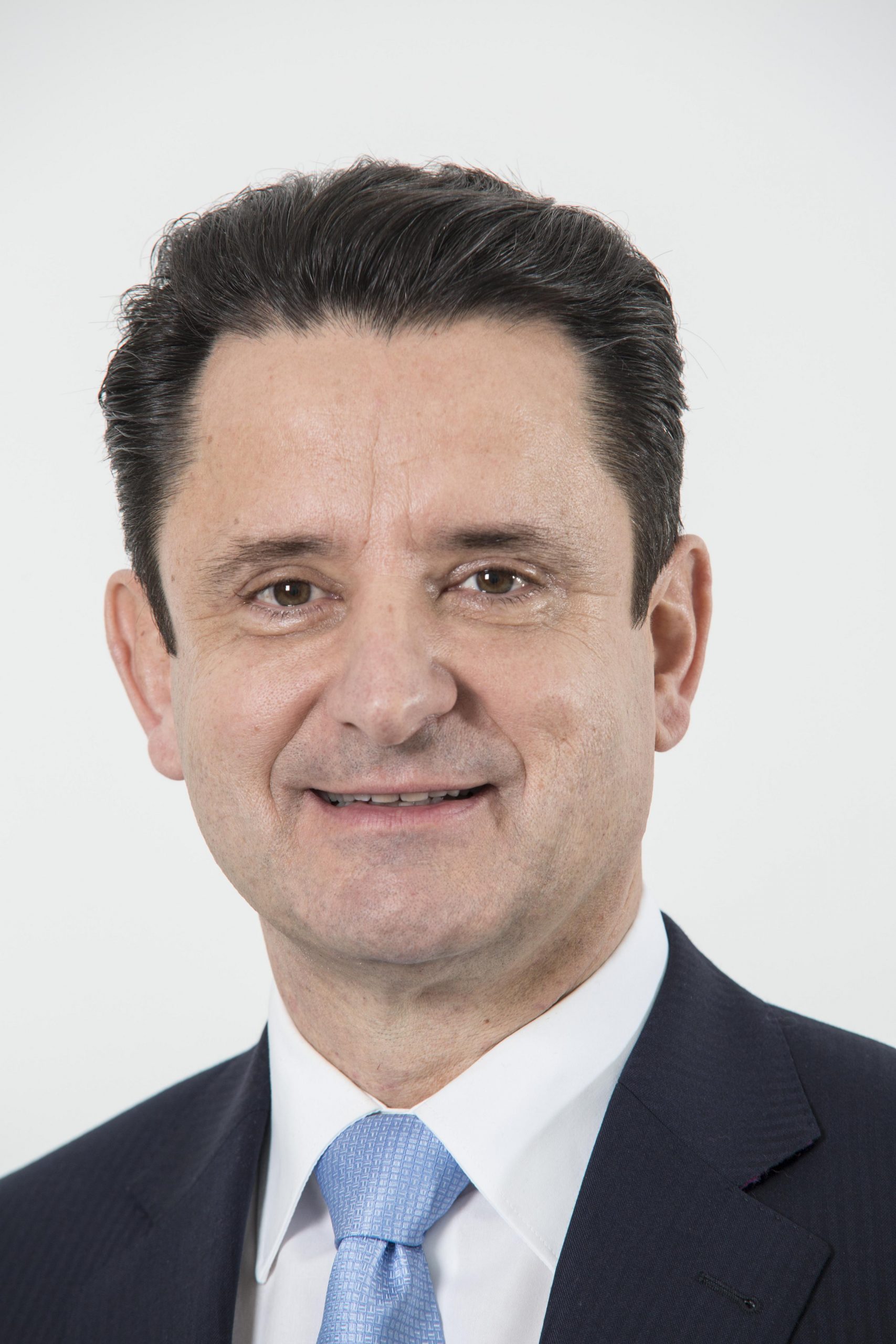Huge Surge in UCITS Net Sales For the First Quarter of 2015
| By Fórmate a Fondo | 0 Comentarios
The European Fund and Asset Management Association (EFAMA) has this week published its latest quarterly statistical release which describes the trends in the European investment fund industry during the first quarter of 2015.
The finding include that UCITS net sales surged in the first quarter of 2015 to EUR 285 billion, up from EUR 49 billion in the fourth quarter of 2014.
Long-term UCITS, i.e. UCITS excluding money market funds, also posted a steep increase in net sales during the quarter to EUR 240 billion, up from EUR 53 billion.Demand for bond funds jumped to EUR 77 billion, up from EUR 20 billion in the previous quarter. Net sales of multi-asset funds also posted a strong rise in net inflows during the quarter to EUR 101 billion, up from EUR 19 billion in the fourth quarter. Equity funds registered a turnaround in net sales to post net inflows of EUR 39 billion, against net outflows of EUR 5 billion registered in the previous quarter.
Money market funds posted net inflows of EUR 45 billion in the first quarter, against net outflows of EUR 5 billion recorded in the previous quarter.
AIF net sales amounted to EUR 17 billion in the first quarter, down from EUR 62 billion in the fourth quarter.This reduction in net sales was due to reduced net sales of multi-asset funds (EUR 21 billion compared to EUR 39 billion in the fourth quarter) and net outflows from equity funds during the quarter EUR 14 billion, compared to net inflows of EUR 2 billion in the fourth quarter. Institutional net sales increased to EUR 54 billion, up from EUR 44 billion in the previous quarter.
European investment fund assets posted growth of 12.6 percent during the first quarter of 2015 to stand at EUR 12,663 billion at end March 2015. Net assets of UCITS increased by 15.4 percent to stand at EUR 8,277 billion at end March 2015, whilst total net assets of AIFs increased by 7.8 percent in the first quarter to stand at EUR 4,387 billion at quarter end.
If we look at Net Sales by Country of Domiciliation, twenty-two countries registered net inflows in the first quarter of 2015, with six countries recording net inflows greater than EUR 10 billion.Luxembourg attracted net sales of EUR 117 billion during the quarter, registering large net inflows across fund categories. France followed with net sales of EUR 66 billion and Ireland posted net inflows of EUR 49 billion. Elsewhere, large inflows were posted during the quarter in Spain (EUR 16 billion), Switzerland (EUR 12 billion) and Italy (EUR 11 billion). Of the other large domiciles, the United Kingdom registered net outflows of EUR 9 billion during the quarter, primarily on account of large net outflows from equity funds (EUR 8 billion). Germany registered net inflows of EUR 8 billion during the quarter.
And regarding Net Assets by Country of Domiciliation, Twenty-five countries recorded growth during the quarter as net assets of UCITS reached EUR 8,277 billion at end March 2015. Of the largest domiciles, both Luxembourg and Ireland posted net asset growth of 14.6 percent during the quarter. The United Kingdom posted growth of 22.4% during the quarter. The appreciation of the pound sterling during the quarter vis-à-vis the euro of 6.6 percent played a role in the large growth of assets in the United Kingdom. France registered net asset growth of 16.8%, followed by Germany (12.3%). Elsewhere, large net asset growth of 17.7 percent was recorded in Switzerland and Spain during the quarter. Belgium also registered strong net asset growth of 17.5 percent. In Southern Europe, Italy posted net asset growth of 10.5 percent, followed by Portugal (9.3%). Greece registered a decrease in net assets of 4.9 percent during the quarter. Net assets of UCITS in Malta posted a decrease of 8.2 percent due to large net outflows from a fund during the quarter. In the Nordic region, net assets in Norway rose 13.4 percent, followed by Finland (12.6%) and Denmark (9.0%).
This report introduces a distinction between UCITS and Alternative Investment Funds (AIFs) which is based on the specific regulatory requirements of the UCITS and AIMF Directives. The new classification of EFAMA took effect from and including Q4 2014.







